 "ETI International 4600 Modular Synthesizer from 1975. Electronically it has been professionally assembled from kit form by the guys who later founded Fairlight (told to me by the previous owner). This ETI 4600 also contains a few Fairlight PCB's, so don't know if these guys were already involved in the synthesizer industry at that time. All parts are present and it does make sound and noises when you use the pin matrix board. Notice that this system does need a good service and calibration. List with what a ETI 4600 offers you: 4VCO's, Noise Generator PINK/WHITE, 5 Mixers, 2 Filters, Joystick, Keyboard Control, Keyboard, Equalizer, Reverb, Main Output, Headphone Output, 2 External Inputs, 2 Amplifiers, Controller, Envelope Control, 2 Transients, Pin Matrix 22 x 22. System comes with 220V power supply, original manual printed in 1975 with instructions on every module + schematics for each module and part list, and 11 pins. Note that this is a 33 year old modular system that needs a good service and maintaince. The wooden case has been completely rebuilt by myself and has been coloured in white oak. It looks a bit greenish/brown but it certainly gives the system a great old look as you would expect from an old system. The case has been built using the original manual and i did some modifications on the wooden case to make it more useful and give better possibilities to service/work on the system."
"ETI International 4600 Modular Synthesizer from 1975. Electronically it has been professionally assembled from kit form by the guys who later founded Fairlight (told to me by the previous owner). This ETI 4600 also contains a few Fairlight PCB's, so don't know if these guys were already involved in the synthesizer industry at that time. All parts are present and it does make sound and noises when you use the pin matrix board. Notice that this system does need a good service and calibration. List with what a ETI 4600 offers you: 4VCO's, Noise Generator PINK/WHITE, 5 Mixers, 2 Filters, Joystick, Keyboard Control, Keyboard, Equalizer, Reverb, Main Output, Headphone Output, 2 External Inputs, 2 Amplifiers, Controller, Envelope Control, 2 Transients, Pin Matrix 22 x 22. System comes with 220V power supply, original manual printed in 1975 with instructions on every module + schematics for each module and part list, and 11 pins. Note that this is a 33 year old modular system that needs a good service and maintaince. The wooden case has been completely rebuilt by myself and has been coloured in white oak. It looks a bit greenish/brown but it certainly gives the system a great old look as you would expect from an old system. The case has been built using the original manual and i did some modifications on the wooden case to make it more useful and give better possibilities to service/work on the system."VEMIA - Click on Auctions, Search, and search for 5946.
Update via peterwendt in the comments:
"As for the Fairlight connection ... apparently, the 4600 was co-designed by Kim Ryrie, a co-founder of Fairlight, and Trevor Marshall, who had some provisional patents on the switched-resistor VCFs and on the sawtooth waveshaping in the VCOs. (He used variable-duty-cycle HF oscillators and CMOS switches to turn the resistor paths on and off in a VCF, thus varying the effective resistances and the cutoff frequency.)
Trevor's WWW page about it is here.
I've always been puzzled by the stories of the Fairlight involvement. Interviews gave the impression that this was their first attempt at a synthesizer before they went on to the CMI, but I don't remember them mentioning Trevor. I'm not saying that there was a controversy, but I just don't know who actually did what.
If I remember correctly, the 4600 construction articles started in ETi in Oct. 1973."
Update via peterwendt in the comments:
"Not wishing to spread undocumented hearsay, I did some research.
An article about the Fairlight CMI in Sound on Sound states that Ryrie designed the 4600 and founded the magazine, ETI (Electronics Today International) that published the construction articles.
That's where I read about the supposed Fairlight connection.
The actual construction articles are on Cloned Analog Gear as a large PDF file, here.
One of the intro/title pages specifically states:
"Designed in Australia by Barry Wilkinson and Trevor Marshall". Ryrie's name doesn't appear.
But the articles are just as I remember them. Sigh."


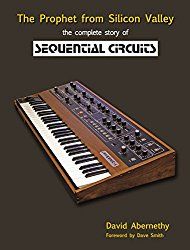
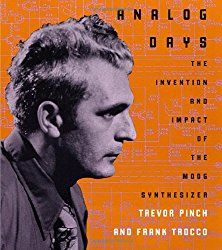
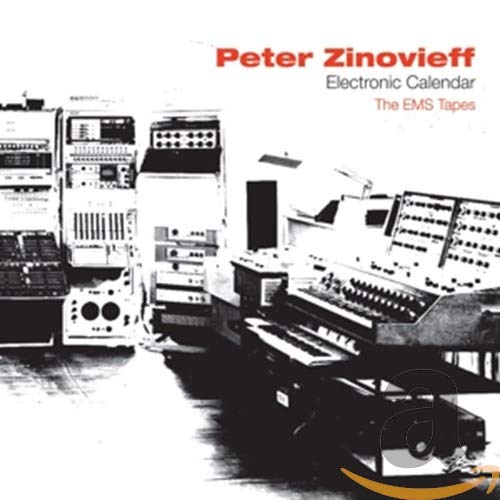
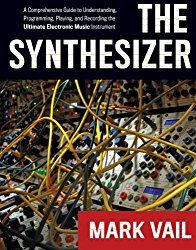
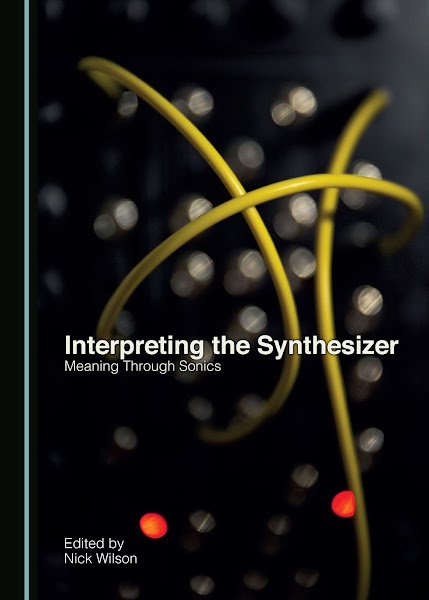
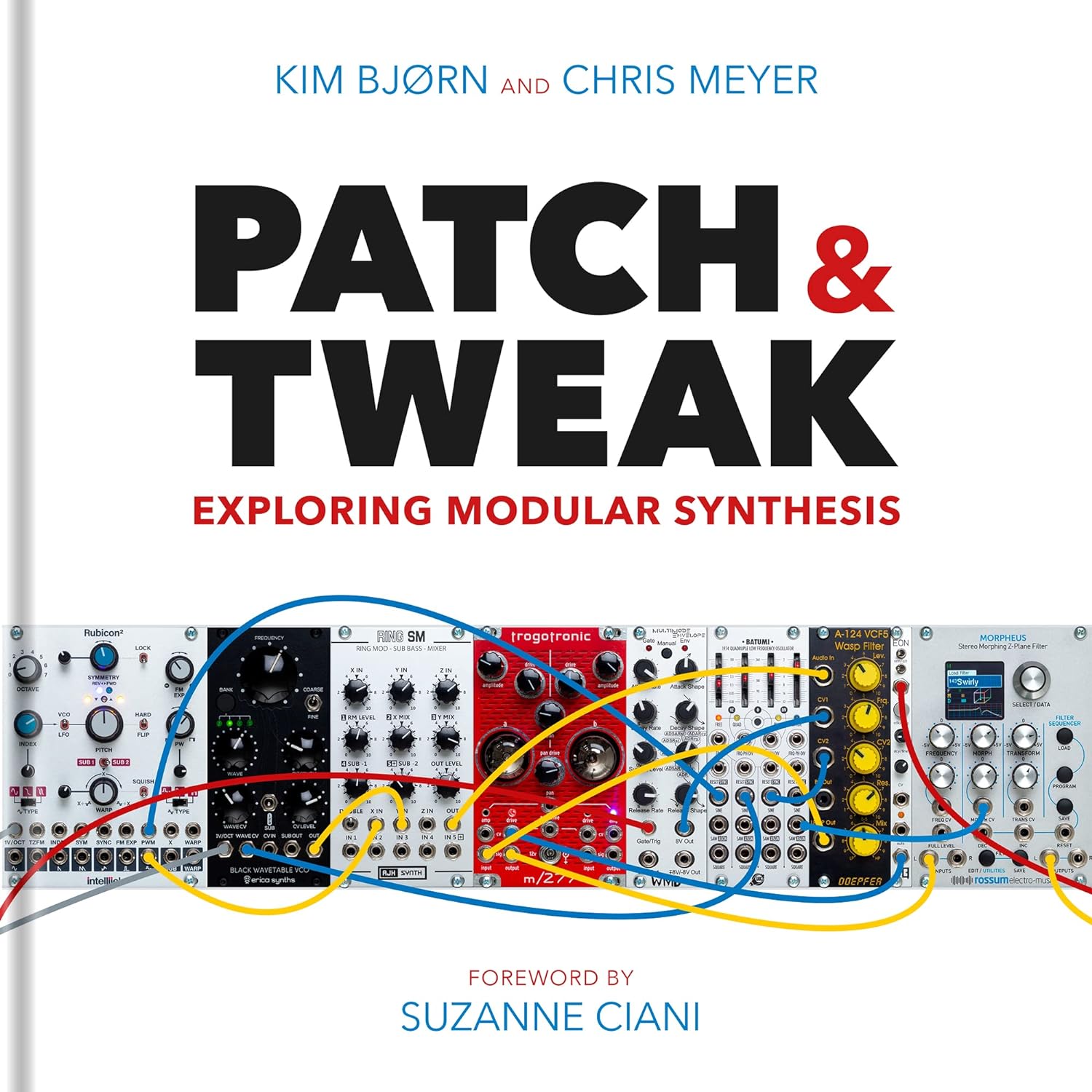
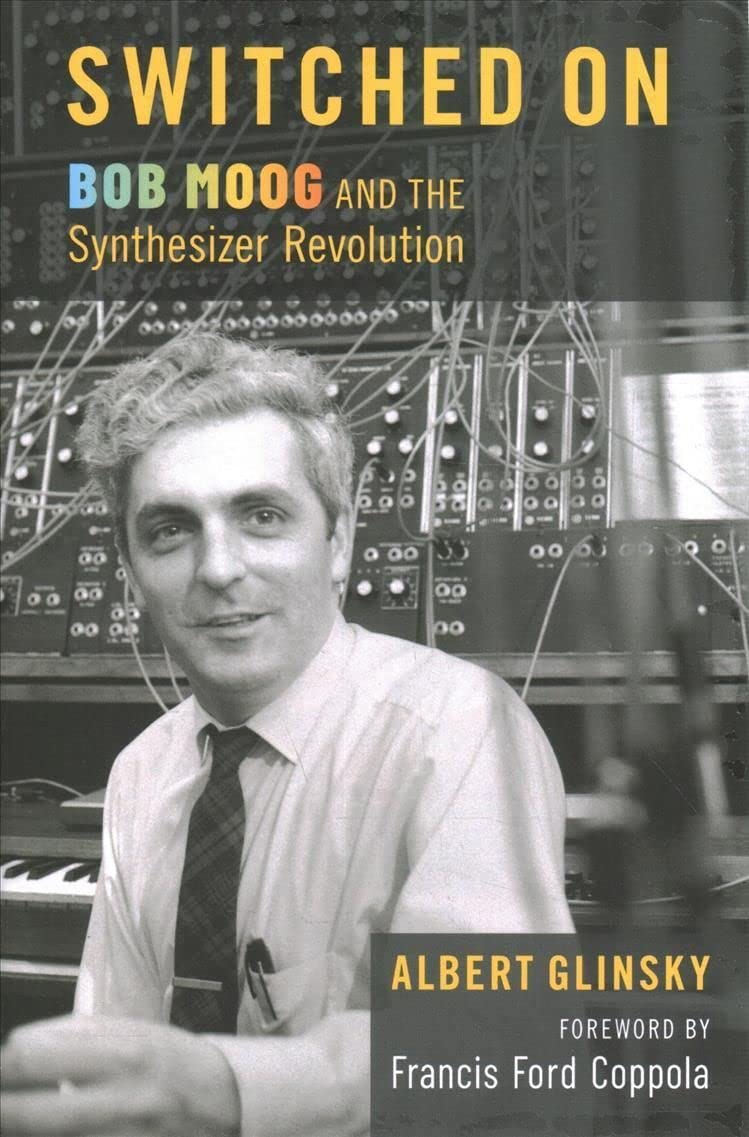
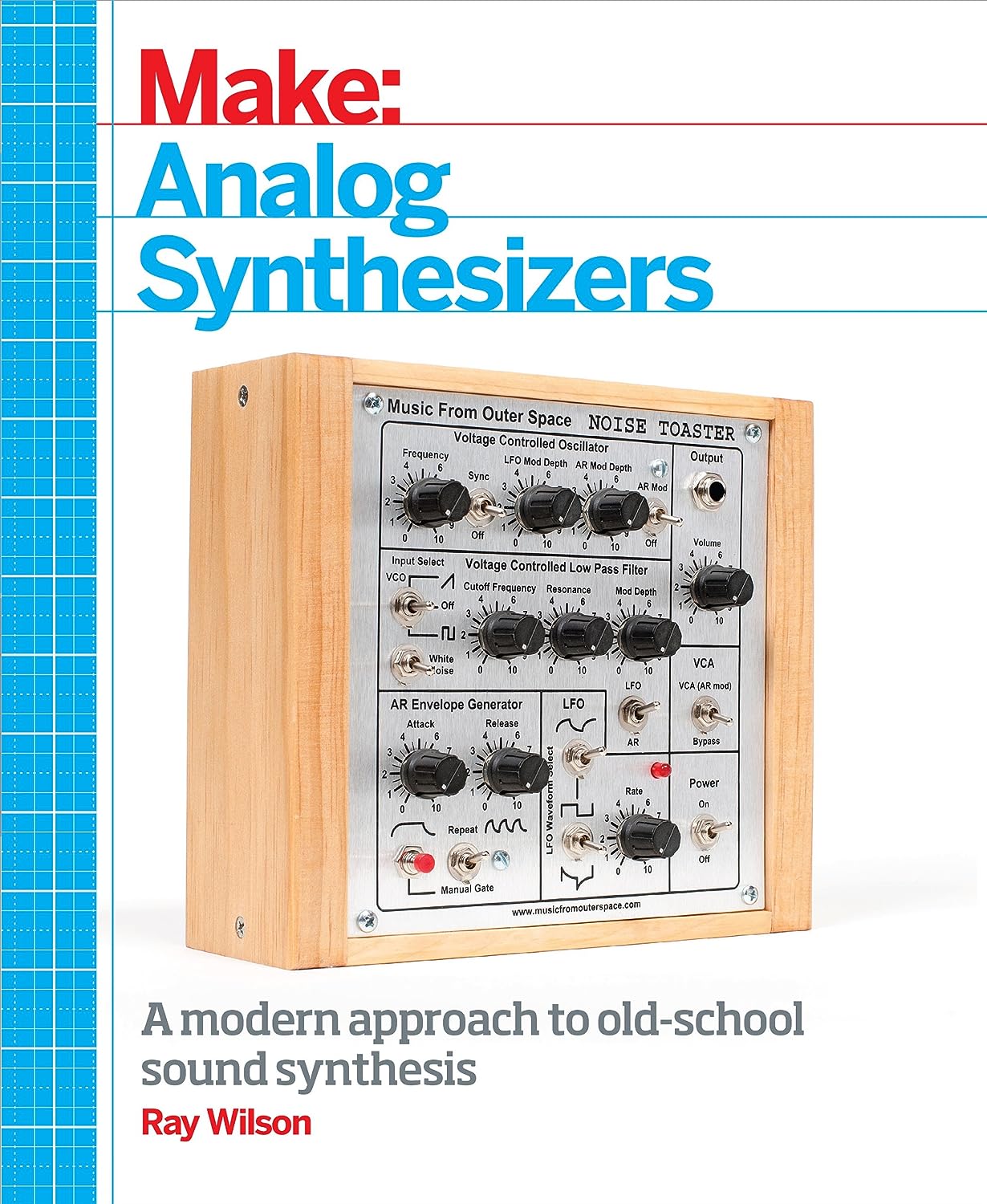
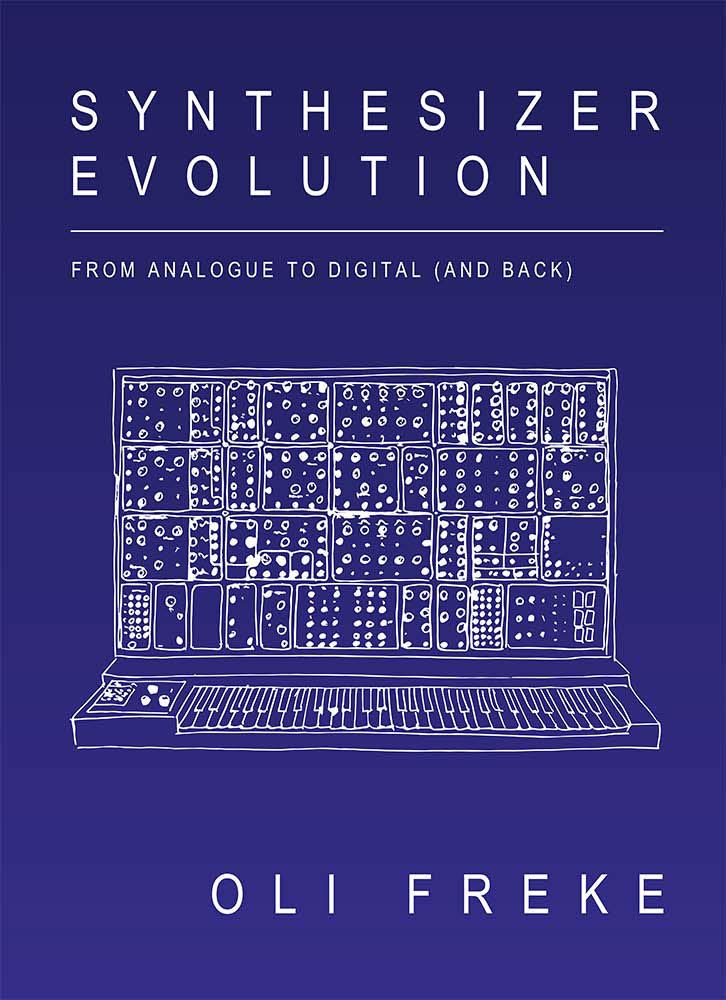
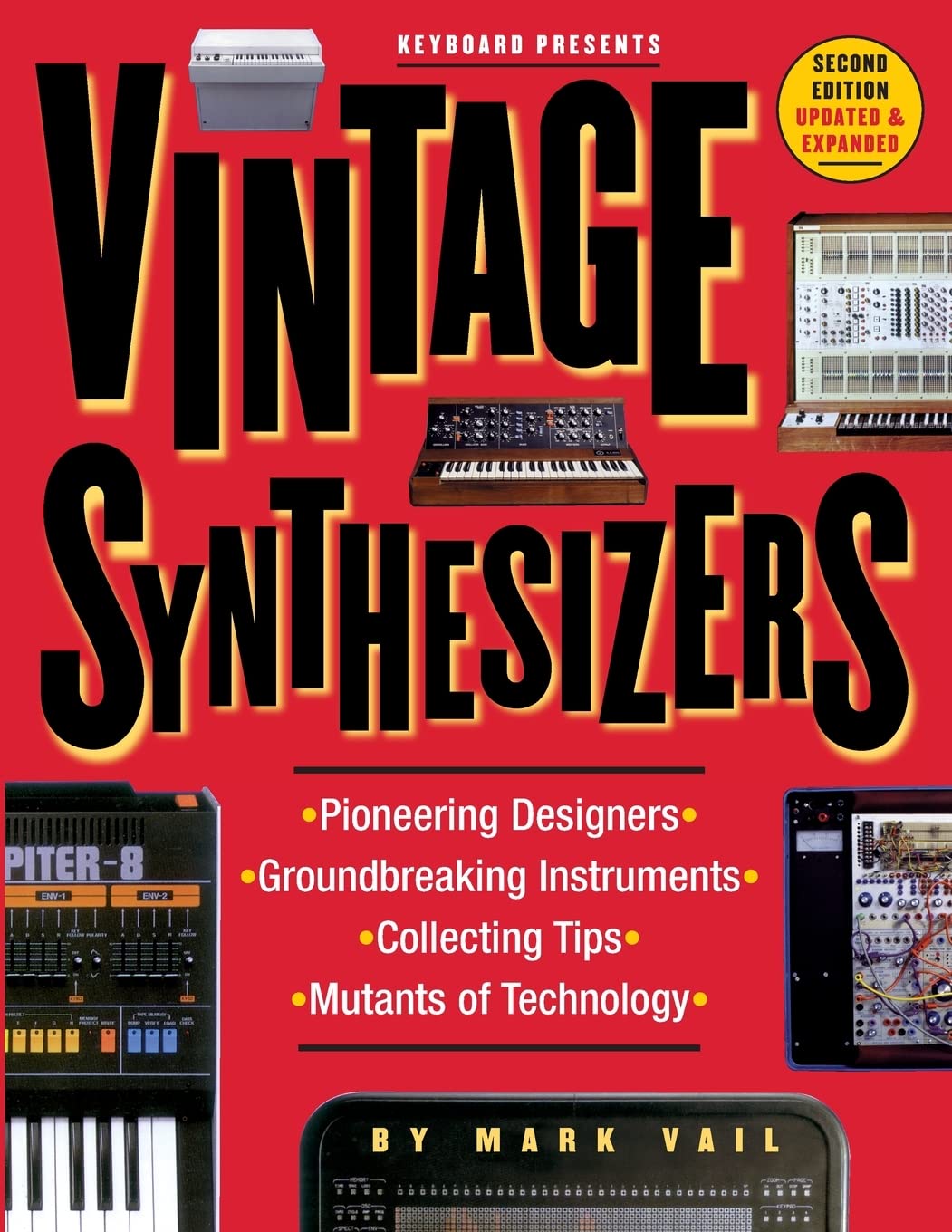

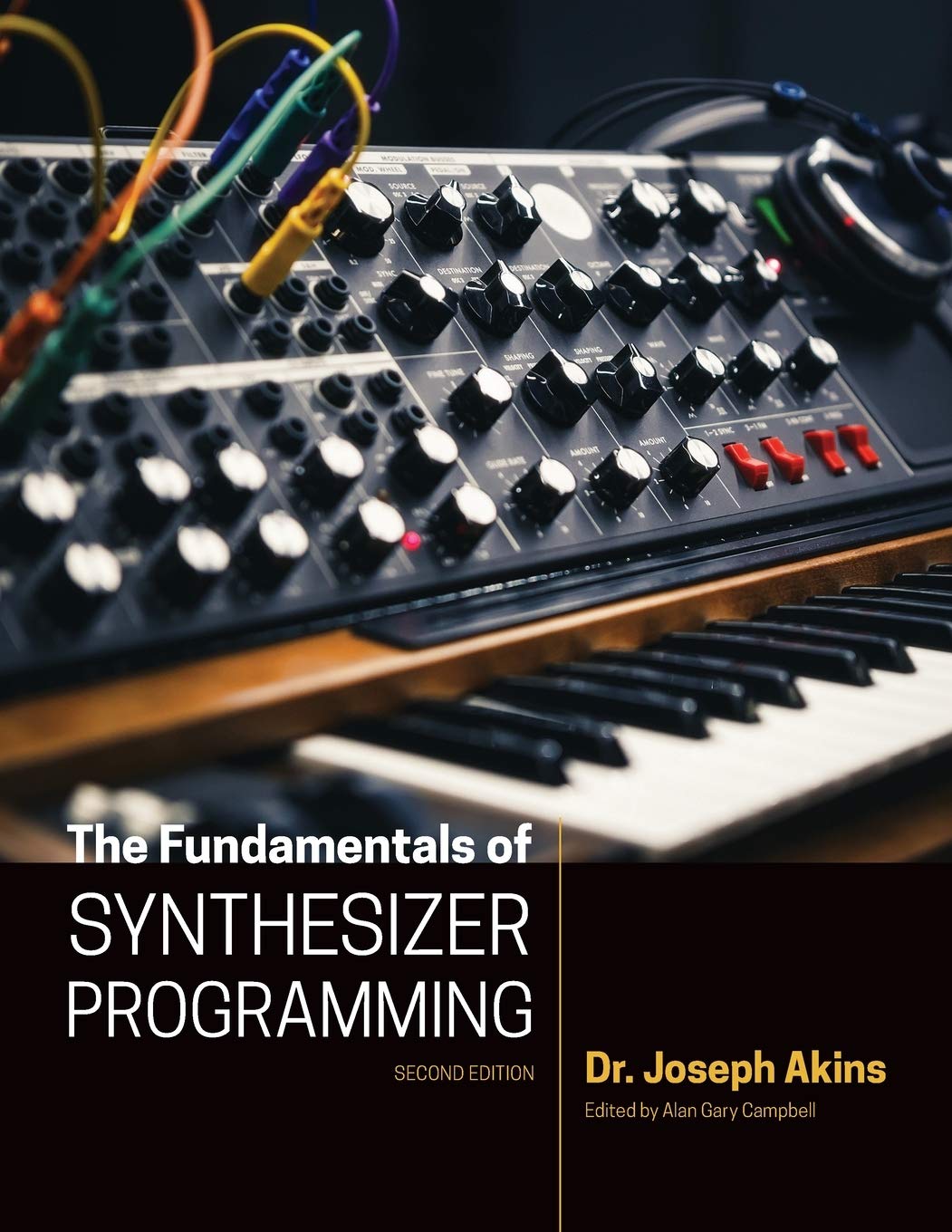














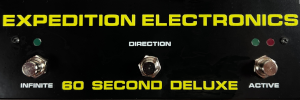











I'd love to have this particular 4600 for historical interest, but I'll have to pass it up.
ReplyDeleteAs for the Fairlight connection ... apparently, the 4600 was co-designed by Kim Ryrie, a co-founder of Fairlight, and Trevor Marshall, who had some provisional patents on the switched-resistor VCFs and on the sawtooth waveshaping in the VCOs. (He used variable-duty-cycle HF oscillators and CMOS switches to turn the resistor paths on and off in a VCF, thus varying the effective resistances and the cutoff frequency.)
Trevor's WWW page about it is here:
http://www.trevormarshall.com/eti.htm
I've always been puzzled by the stories of the Fairlight involvement. Interviews gave the impression that this was their first attempt at a synthesizer before they went on to the CMI, but I don't remember them mentioning Trevor. I'm not saying that there was a controversy, but I just don't know who actually did what.
If I remember correctly, the 4600 construction articles started in ETi in Oct. 1973.
Not wishing to spread undocumented hearsay, I did some research.
ReplyDeleteAn article about the Fairlight CMI in Sound on Sound states that Ryrie designed the 4600 and founded the magazine, ETI (Electronics Today International) that published the construction articles:
http://www.soundonsound.com/sos/apr99/articles/fairlight.htm
That's where I read about the supposed Fairlight connection.
The actual construction articles are on Cloned Analog Gear as a large PDF file, here:
http://rubidium.dyndns.org/cag/pdf/eti4600a.pdf
One of the intro/title pages specifically states:
"Designed in Australia by Barry Wilkinson and Trevor Marshall". Ryrie's name doesn't appear.
But the articles are just as I remember them. Sigh.
From Trevor's site: Barry Wilkinson at ETI was responsible for the final packaging and kitting coordination. I don't doubt that Ryrie had input into the design.
ReplyDelete